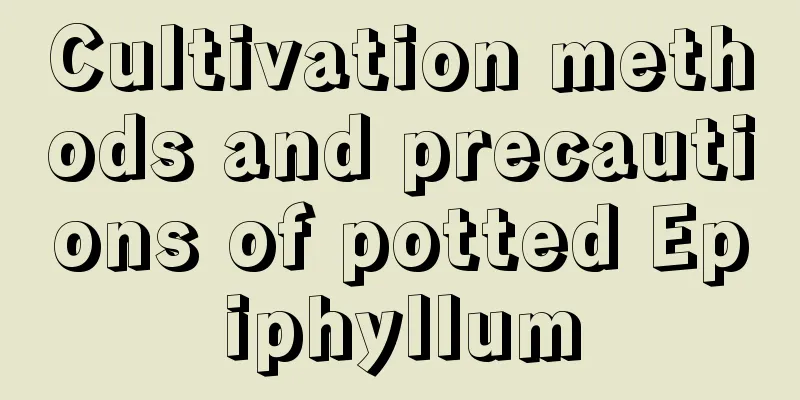The growing environment and local conditions of Oyster Mushroom

Growth environment and conditions of Oyster mushroomOyster mushrooms have certain requirements for the pH value of the soil, preferably between 5.4-7.5. During the maintenance period, after the culture source and water are mixed, the pH value of the substrate is mostly between 6.0-7.5. There are large-scale production areas in Hebei, Henan, Shandong, Sichuan, Jiangsu, Anhui, etc. in China. Growing conditions of Oyster mushroomOyster mushrooms prefer a warm environment and are not very strict about temperature requirements. They can be cultivated all year round. During the cultivation period, low-temperature varieties suitable for winter cultivation have been bred, as well as medium-temperature varieties suitable for spring and autumn cultivation, and high-temperature varieties suitable for summer cultivation. Generally, under low temperature conditions, oyster mushrooms have a darker color and better quality. Growth temperature of oyster mushroomThere are high, medium and low temperature types of Oyster mushrooms. They have a wide range of adaptability to temperature and can grow in an environment of 2-30 degrees, but 10 to 20 degrees is best, which is beneficial in terms of quality and pests and diseases. The growth process of Oyster mushroomDuring the growth process of Oyster mushroom, the cap of the fruiting body will have raised parts, which are granular or tumor-like, and are called Oyster mushroom tumor-cap mushroom. If the disease is more serious, the cap is very difficult to differentiate, and a healthy cap cannot be formed, and the plant may even stop growing. Generally, black varieties are more likely to have Oyster mushroom tumor-cap mushroom. Time and method of growing oyster mushrooms1. Oyster mushroom can be cultivated at any time. There are many sources for its cultivation. Rice straw, crop straw, sawdust and leaves can be used to cultivate oyster mushroom. After these raw materials are crushed, water and disinfectant powder need to be added and stirred for preliminary sterilization. 2. After the culture source has been disinfected and cooled, you can choose to carry out inoculation when the weather is cool. The environment must be disinfected in advance and must be carried out in a disinfected and sterilized environment. When inoculating, smear the surface with alcohol or potassium permanganate, sow the bacteria in the pressed holes, press gently, and place it in a disinfected environment after inoculation to wait for the mycelium to grow. |
<<: The growing environment and local conditions of Xanthium sibiricum
>>: Cypress's growth environment and local conditions
Recommend
Cultivation methods and precautions of Chinese aloe
1. Flower soil It does not have high requirements...
How to propagate green radish by cuttings and hydroponics
1. How to take cuttings 1. Flower soil: The flowe...
Why does the variegated hosta rot from the roots?
Causes of root rot Loose soil Hosta is suitable f...
Which wild tree stumps can be used as bonsai (with production methods)
1. Tree stumps that can be used as bonsai 1. Elm:...
How to raise mountain turtles and how to breed them
1. Breeding methods 1. Soil: It likes loose and f...
When and how to change the soil for strawberries
Time to change the soil for strawberries The best...
Artemisia argyi cultivation technology
Mugwort, also known as wormwood, is a relatively ...
Follow the camera to play with succulents and see what expensive goods look like!
raindrop Family: Echeveria of the Crassulaceae fa...
How to grow nectarines in pots
Pot soil It is best to choose a clay pot with goo...
How to grow and water orchids
Orchids , known for their perennial herbaceous ch...
When is the best time to plant tomatoes?
Suitable time for planting cherry tomatoes Cherry...
What vegetables are suitable to grow in December?
What vegetables are suitable to grow in December?...
Is Podocarpus suitable for indoor cultivation?
1. Is it suitable for indoor breeding? It can be ...
Feng Shui Effects of Money Tree
one. balcony: 1. In everyone's house, the bal...
Reasons and solutions for Milan's leaf shedding
Milan , also known as Milan, is favored by flower...









